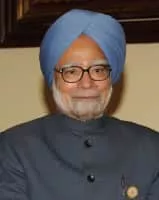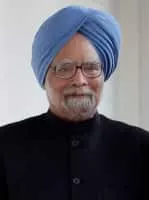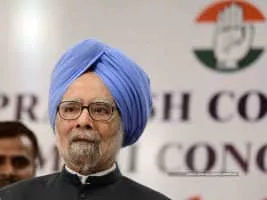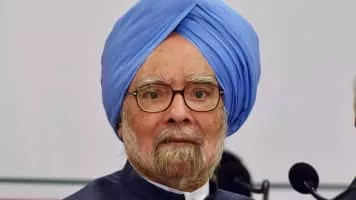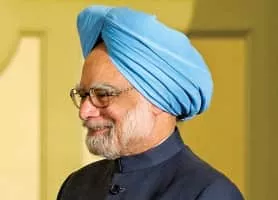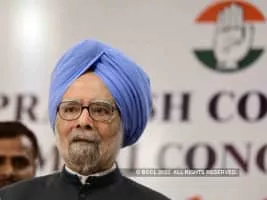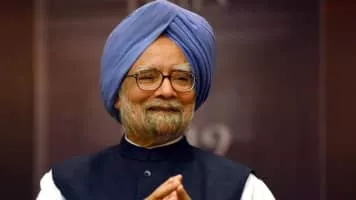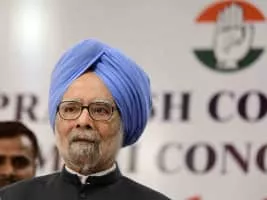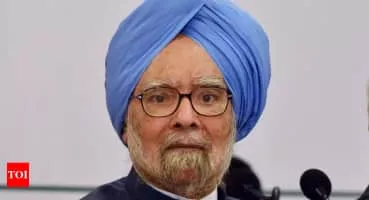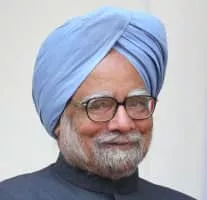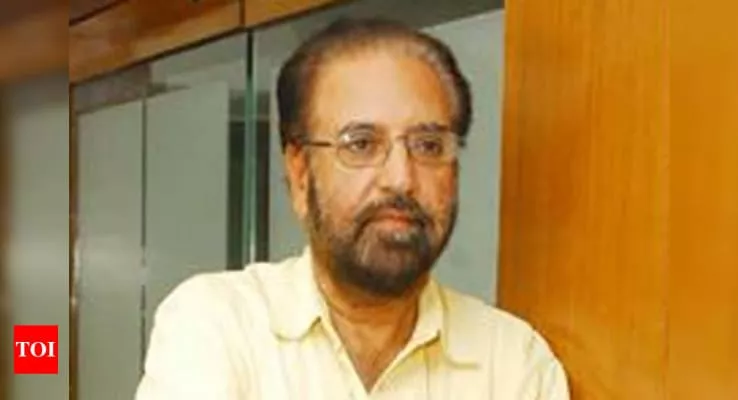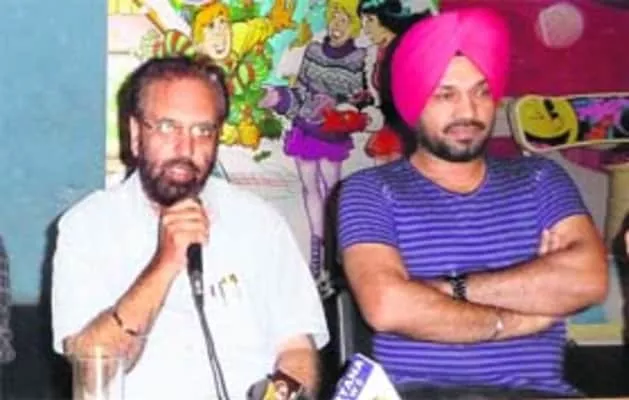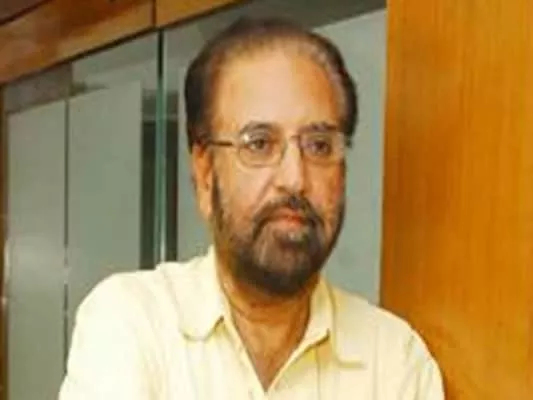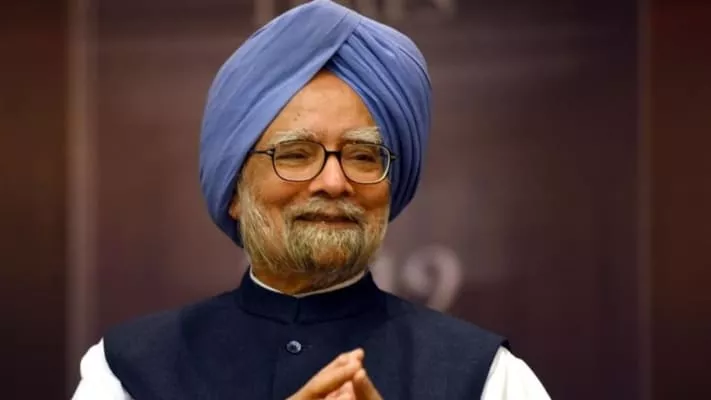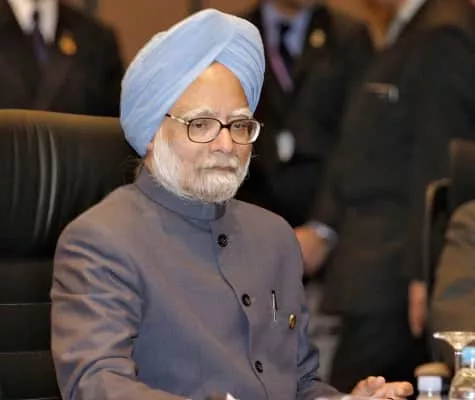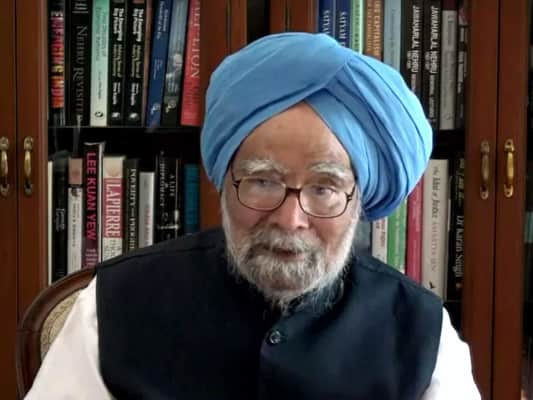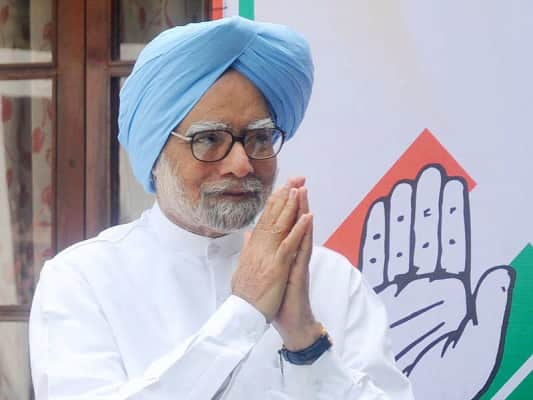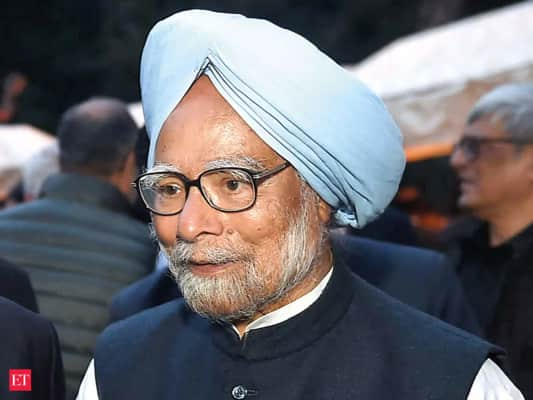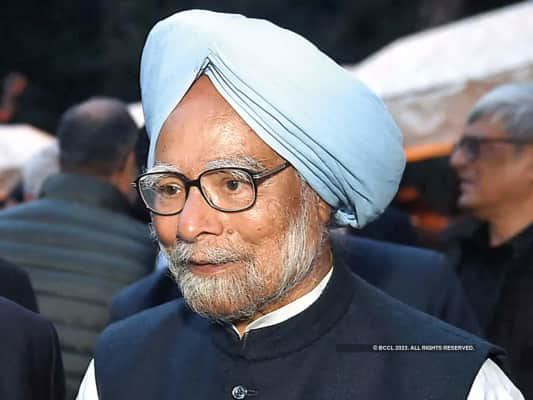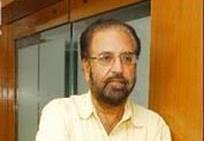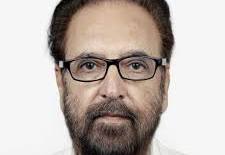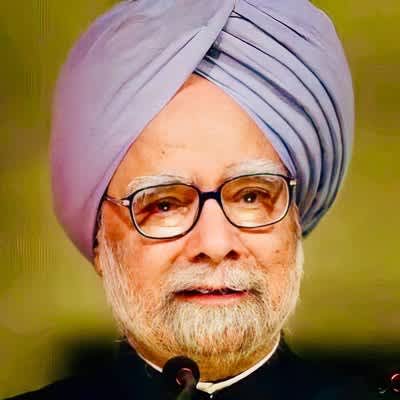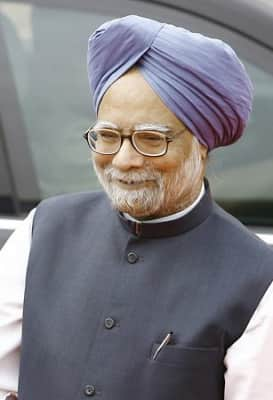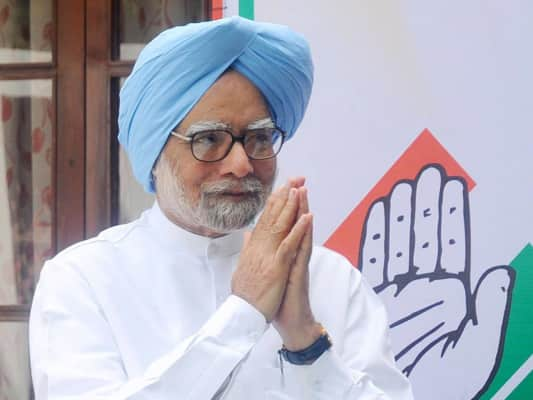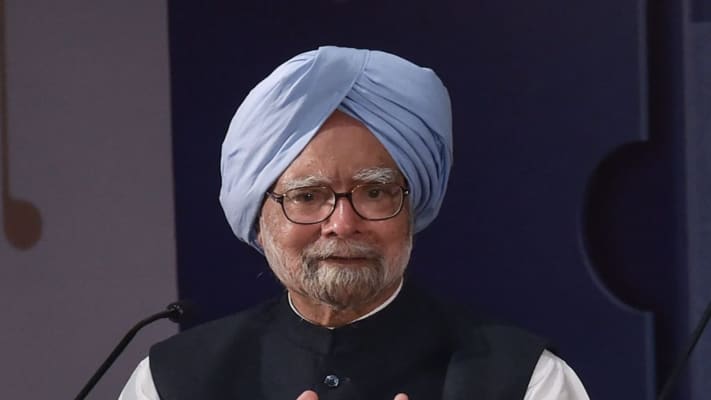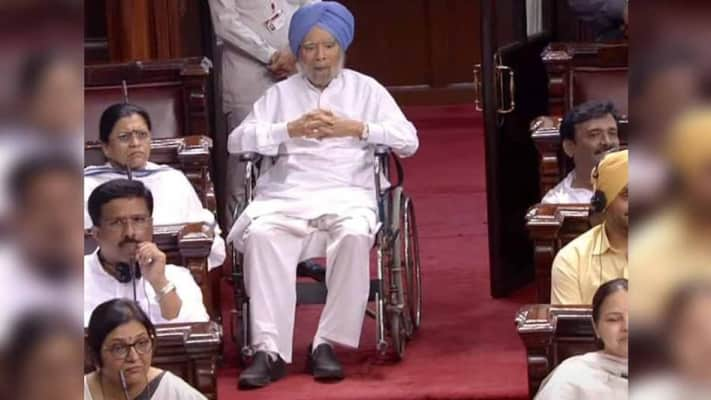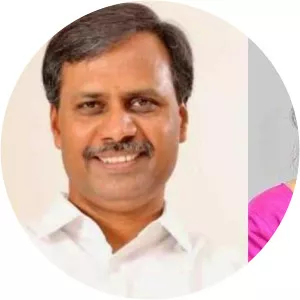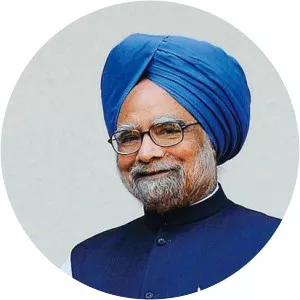
Manmohan Singh
| Use attributes for filter ! | |
| Gender | Male |
|---|---|
| Age | 93 |
| Date of birth | September 26,1932 |
| Zodiac sign | Libra |
| Born | Gah |
| Pakistan | |
| Spouse | Gursharan Kaur |
| Children | Upinder Singh |
| Daman Singh | |
| Amrit Singh | |
| Height | 175 (cm) |
| Job | Economist |
| Teacher | |
| Bureaucrat | |
| Social Worker | |
| Statesperson | |
| Banker | |
| Awards | Padma Vibhushan |
| Adam Smith Prize | |
| Filmfare Award for Best Cinematography | |
| Bollywood Movie Award – Best Cinematography | |
| CNN-IBN Indian of the Year in Politics | |
| Indira Gandhi Prize | |
| CNN-IBN Indian of the Year | |
| Party | Indian National Congress |
| Education | Nuffield College |
| Previous position | Minister of External Affairs of India (2005–2006) |
| Position | Member of Rajya Sabha since 2019 |
| Date of Reg. | |
| Date of Upd. | |
| ID | 475809 |
In Ghost's Den
To the Nation, for the Nation: Selections from Selected Speeches of Dr. Manmohan Singh
Chile: Institutions and Policies Underpinning Stability and Growth
Collateral and Monetary Policy
The Quest for Equity in Development
Financial Plumbing and Monetary Policy
Shadow Banking: Economics and Policy
Velocity of Pledged Collateral: Analysis and Implications
The Changing Collateral Space
Making OTC Derivatives Safe: A Fresh Look
Collateral, Netting and Systemic Risk in the OTC Derivatives Market
Recovery Rates From Distressed Debt: Empirical Evidence From Chapter 11 Filings, International Litigation, and Recent Sovereign Debt Restructurings
Managing the Fed's Liftoff and Transmission of Monetary Policy
Are Credit Default Swaps Spreads High in Emerging Markets: An Alternative Methodology for Proxying Recovery Value
Counterparty Risk in the Over-The-Counter Derivatives Market
Use of Participatory Notes in Indian Equity Markets and Recent Regulatory Changes
Limiting Taxpayer “Puts”—An Example from Central Counterparties
Prime Minister Manmohan Singh: June 2006 to May 2007
Money and Collateral
The (Other) Deleveraging
Central Counterparties Resolution—An Unresolved Problem
The Nonbank- Bank Nexus and the Shadow Banking System
Collateral Reuse and Balance Sheet Space
Insurance Companies in Emerging Markets
The Use (and Abuse) of CDS Spreads During Distress
Puts in the Shadow
The (Sizable) Role of Rehypothecation in the Shadow Banking System
Deleveraging After Lehman--Evidence from Reduced Rehypothecation
Price of Risk: Recent Evidence From Large Financials
Testing Real Interest Parity in Emerging Markets
Global Trading System, the WTO, and the Developing Countries
Counterparty Risk, Impact on Collateral Flows and Role for Central Counterparties
Overpricing in Emerging Market Credit-Default-Swap Contracts: Some Evidence from Recent Distress Cases
Japan's Distressed Debt Market
CDS Spreads in European Periphery: Some Technical Issues to Consider
The Morning After--The Impact on Collateral Supply After a Major Default
Central Bank Balance Sheet Policies and Spillovers to Emerging Markets
Prime Minister Manmohan Singh: June 2005 to May 2006
Mohabbatein
Dil To Pagal Hai
Darr
Munde U. K. De
Chandni
Waaris
Aa Gaye Munde U. K. De
Ik Kudi Punjab Di
Dil Apna Punjabi
Jee Aayan Nu
Yaaran Naal Baharan
Asa Nu Maan Watna Da
Hate Story 2
Lamhe
Mera Pind
Pehla Pehla Pyar
Mitti Wajaan Maardi
Maachis
Betaab
Sanam Bewafa
Ajj De Ranjhe
Lekin. . .
ChaalBaaz
Jab Pyaar Kisise Hota Hai
Hate Story
Souten
Kash Aap Hamare Hote
Parampara
Dushmani: A Violent Love Story
Aur Pyaar Ho Gaya
Filhaal. . .
Faasle
Hu Tu Tu
Souten Ki Beti
Albela
Hum Kisise Kum Nahin
Chan Pardesi
Sarhad Paar
Vijay
Apradhi
Long Da Lishkara
Yaad Rakhegi Duniya
Lava
Nasibo
Jeene Do
Woh Tera Naam Tha
Insaaf Ki Devi
Honour Killing
Ahsaas
Ghashiram Kotwal
Munde U.K. De
Aa Gaye Munde U.K. De
PR
Manmohan Singh Life story
Manmohan Singh is an Indian film director and cinematographer. He is the director of Punjabi films and the cinematographer of Bollywood films.
How Modi and Biden turbocharged India-US ties
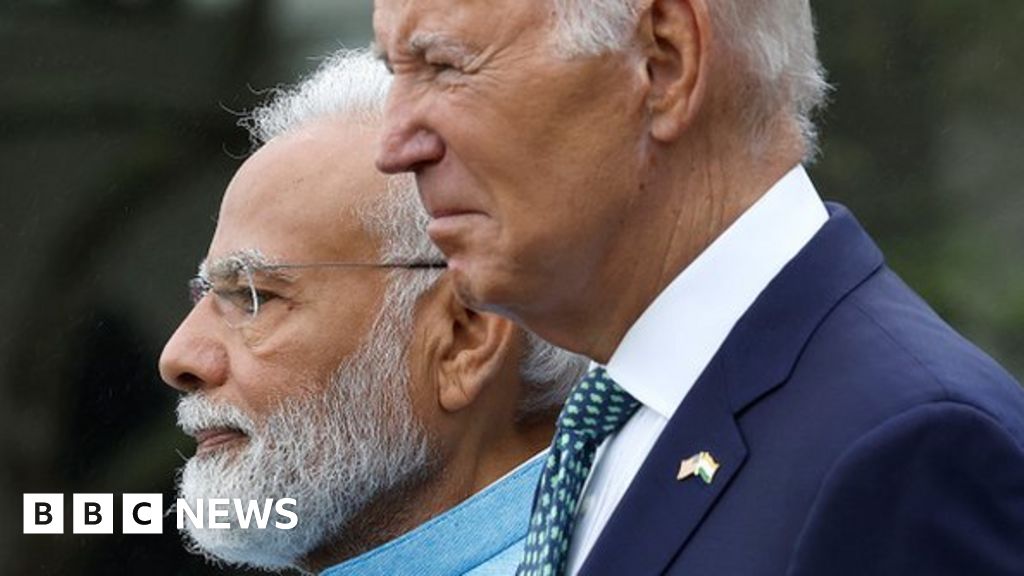
... " This followed a fading commitment to the relationship during [former prime minister] Manmohan Singh s second term as the leader of a coalition government...
NFHS: Does India really have more women than men?
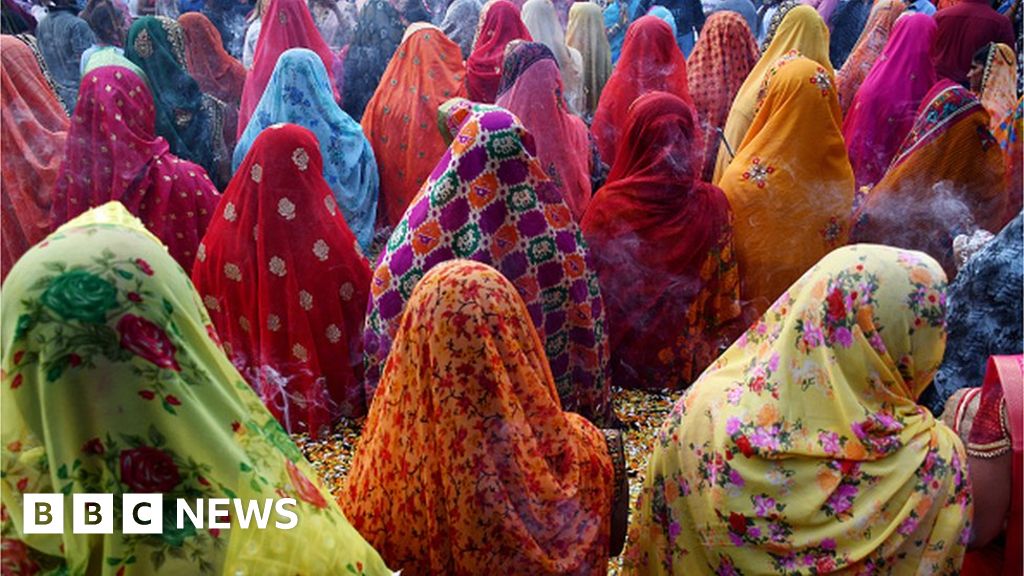
... Former Prime Minister Manmohan Singh described it as a " national shame" and called for a " crusade" to save India s girls...
Mumbai: India baby girl found in drain recovering

... Former Prime Minister Manmohan Singh described it as a " national shame" and called for a " crusade" to save girl babies...
The trump card in India: A short history of the US presidents travel
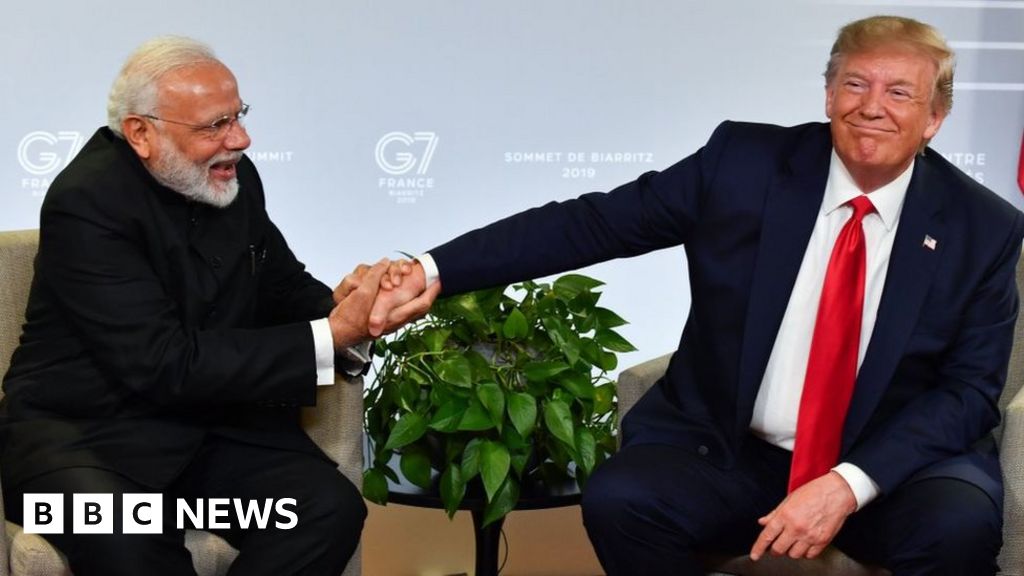
... His strong personal dynamics with Prime Minister Manmohan Singh was hard to miss - after he left office, Mr Bush, a passionate artist, also painted a portrait of Mr Singh...
NFHS: Does India really have more women than men?
Does India really have more women than men now?
According to the latest National Family Health Survey (NFHS) Data , released by The Indian government recently, there are now 1,020 women for every 1,000 men.
Experts advise caution while interpreting the Data - the survey covers only about 630,000 of India's 300 million households - and say The Real picture will emerge only once we get the census Data .
" The census surveys the entire population of the country and, therefore, provides a more accurate account of the overall Sex Ratio , " The Director of the Population Fund of India, Poonam Muttreja, told The Bbc .
But the have made headlines in India, with some claiming that they point to significant societal shifts in a country where a preference for sons has historically led to a very skewed Sex Ratio in favour or men.
The health ministry said This Was the First Time ever that The Female population had surpassed the male population in India. This Was due to the " measures taken by the government for women's empowerment".
Media reports hailed it as a " massive achievement" and " a demographic shift". One journalist wrote that India had " now entered The League of developed nations".
But campaigners say the numbers just don't add up and describe the government claim as " absurd" and " next to impossible".
" Over 100 years, our census has repeatedly shown that there have been more men in India than women, " researcher and activist Sabu George said.
" According to The Last census in 2011, there were 940 women for every 1,000 men and The Child Sex Ratio [which counts children from nought to Six Years ] was really abysmal at 918 girls for 1,000 boys, so how can there be such a drastic change in just 10 Years ? " he asked.
India has long been called " a country of Missing Women " - a phrase first used in an essay by Nobel Prize-winning economist Amartya Sen in 1990 when the gender ratio had hit Rock Bottom at 927 women for every 1,000 men. He had put The Number of Missing Women at 37 million.
India's preference for sons is rooted in a widely-held cultural belief that a male child would carry forward The Family legacy and look after the parents in their Old Age , while daughters would cost them dowries and leave them for their matrimonial homes.
Campaigners say this anti-girl bias, coupled with the easy availability of antenatal sex screening from the 1970s, led to tens of millions of female foetuses being eliminated through sex-selective abortions, known as female foeticide, leading to the dramatically skewed Sex Ratio .
In 1994, the Pre-Natal Determination Test (PNDT) Act outlawed sex-selective abortions and in 2002, it was amended to include gender selection even at the pre-conception stage. But campaigners say many sex-selective abortions are still carried out illegally.
Experts say women outlive men and that's why the total Sex Ratio is always higher than the Sex Ratio at birth. But, Mr George Says , the figure of 1,020 is just not plausible.
" If over 30 to 40 Years we have eliminated tens of millions of girls, our actual deficit of birth would be even larger by 2021. And if there's such a large deficit of women, how is it even possible To Believe that this number is credible? "
Demographers say if there's no discrimination against girls then The Ideal Sex Ratio at birth is expected to be 952, but the latest survey puts it at 929. Mr George Says it means that " there's still a 23-point - or 2% - Difference between The Ideal and the reality".
" It shows We Are still killing millions of girls, " He Said . " If there are 26 million births in India every year, they add up to 130 million births in The Past five years. This means we've killed 2. 6 million girls in just The Past five years. This is a disgrace for the country. There's nothing to celebrate. "
In The Past , the government has admitted that its strategy has failed to put an end to female foeticide.
Former Prime Minister Manmohan Singh described it as a " national shame" and called for a " crusade" to save India's girls. Soon after Taking Over in 2014, Prime Minister Narendra Modi . A year later, asking people to save their daughters and educate them.
But despite the measures, there has been little change in attitudes.
In recent years, we have reported on newborn girls found abandoned on streets, buried in Shallow Graves or discarded in rivers and drains. And reports from across India say illegal sex determination clinics are thriving.
Mr George Says some states, such as Rajasthan and Haryana, have worked to improved their Sex Ratio , but most of the big states with large populations are yet to make much headway in controlling female foeticide.
" I think the survey numbers are unreliable. There's no plausible way this could happen. I think the census Data , whenever It Comes out, will not show a substantive improvement in child Sex Ratio . In fact, I'd be surprised if there's no decline, " he Says .
Source of news: bbc.com




